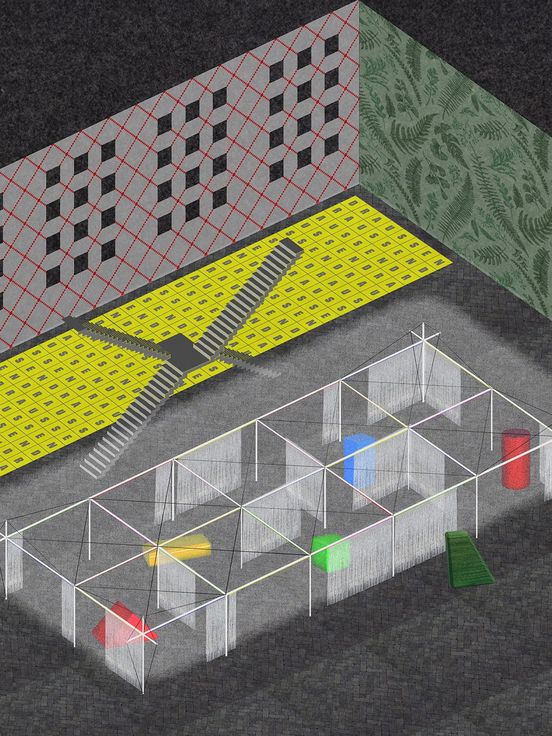Zuzanna Czebatul
Works on display: “Within Meadows And Rolling Hills” (2016) and “Psy Away” (2019)
Architecture is a central theme in sculptural art by Zuzanna Czebatul. Her work explores it as a language and symbol of power in the public space. Her objects elicit a sense of distance and yet suggest immediacy: these gates, for example, create both access and a barrier. They reference a city closed off by rules and boundaries. Or else we can simply walk around them.
Biography
Zuzanna Czebatul (*1986 Miedzyrzecz, Poland) studied at the Städelschule in Frankfurt/Main and was a Fulbright scholar at Hunter College, New York, and a SOMA scholar in Mexico City. Venues creating solo exhibitions for Czebatul’s work include: Kunstpalais Erlangen (2021); EXILE Gallery, Vienna (2021); Owned by Others, Berlin (2020); IG Metall Haus, Berlin (2019); Futura, Prague (2018) and MINI/Goethe-Institut Ludlow 38, New York (2015). She has recently participated in group shows at: Museum Morsbroich, Leverkusen (2021); Athens Biennale (2021); Wrocław Biennale (2021); Kunsthalle Bratislava (2020); Trafo, Szczecin (2020) and Somerset House, London (2019). Czebatul lives and works in Berlin.
